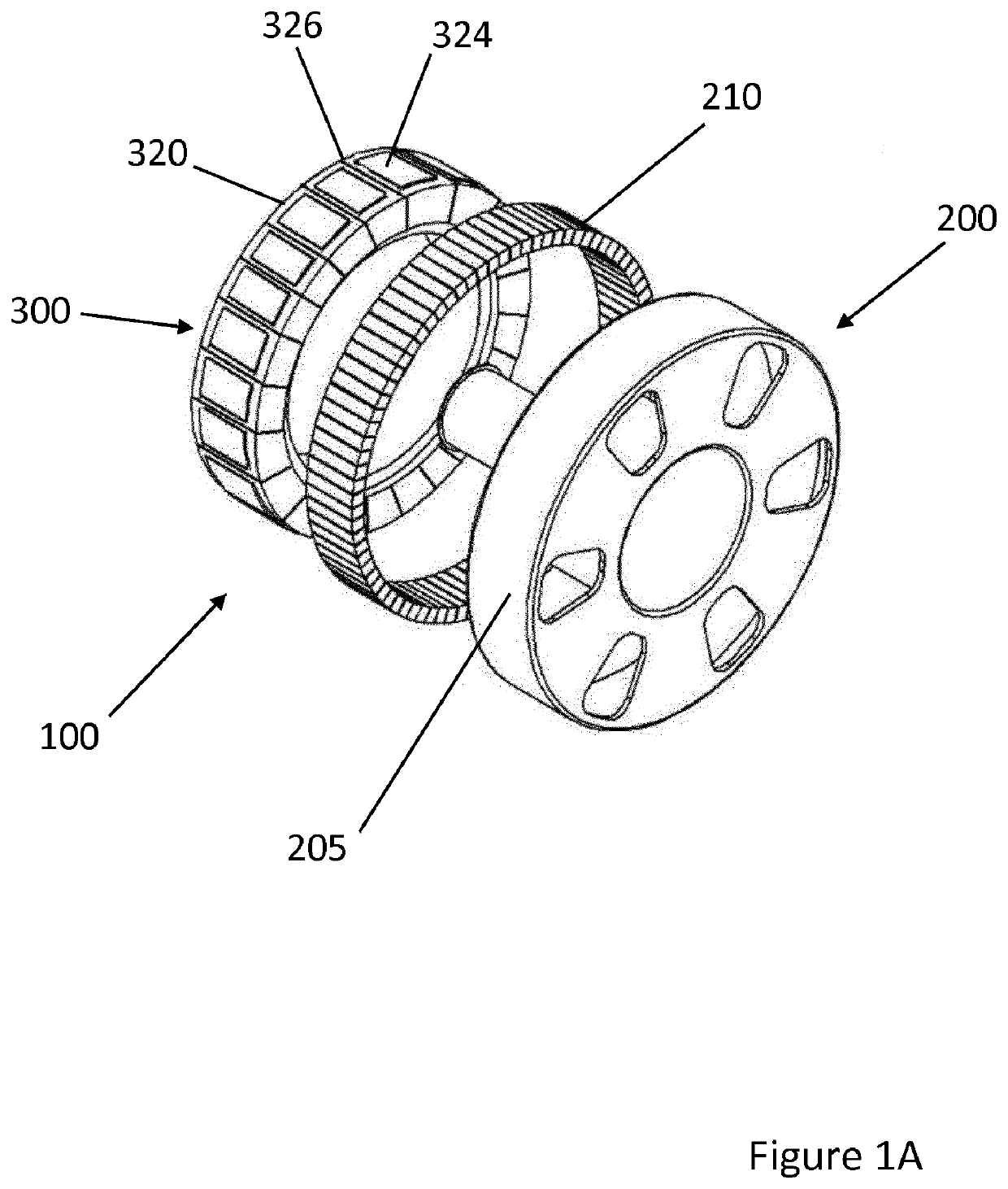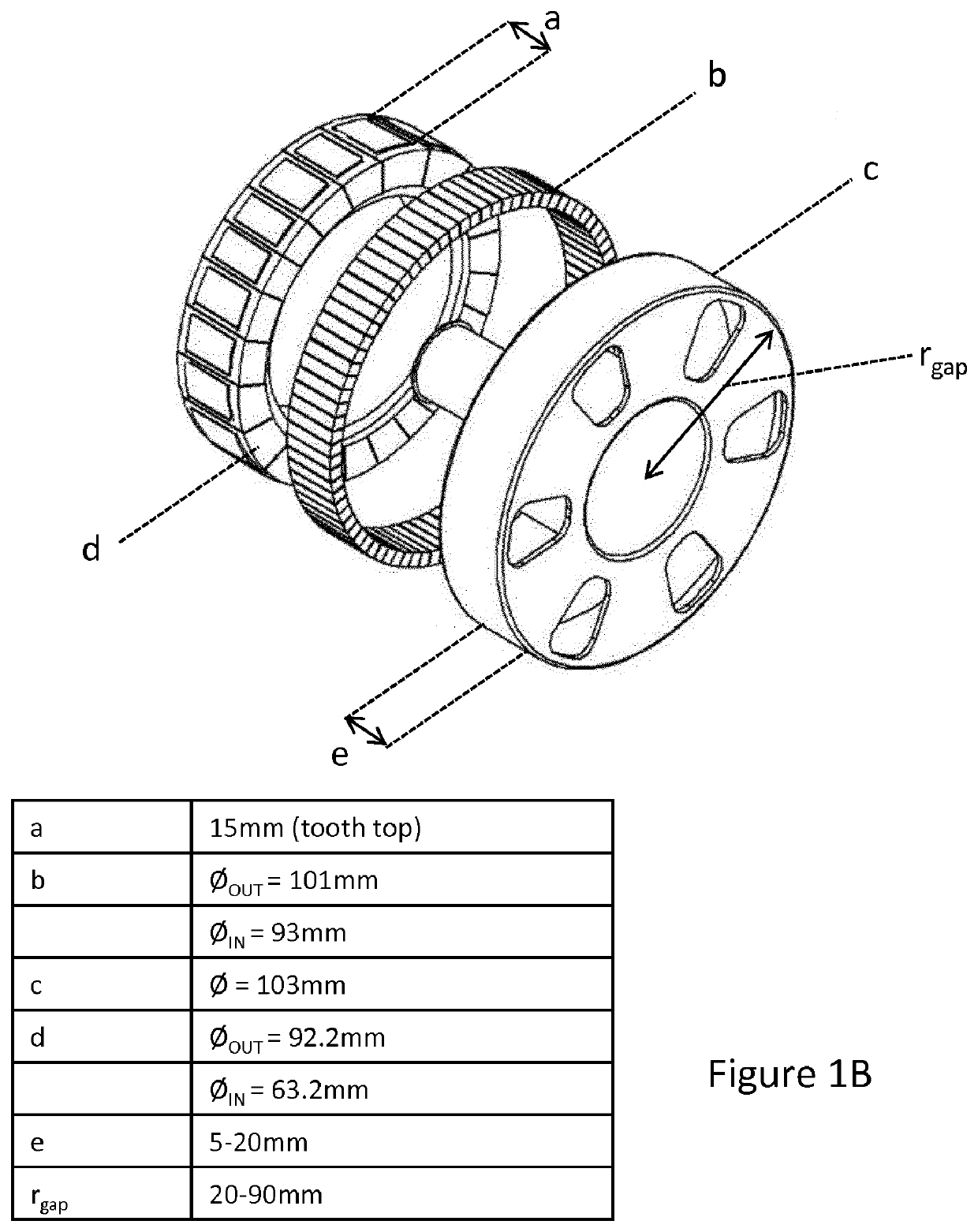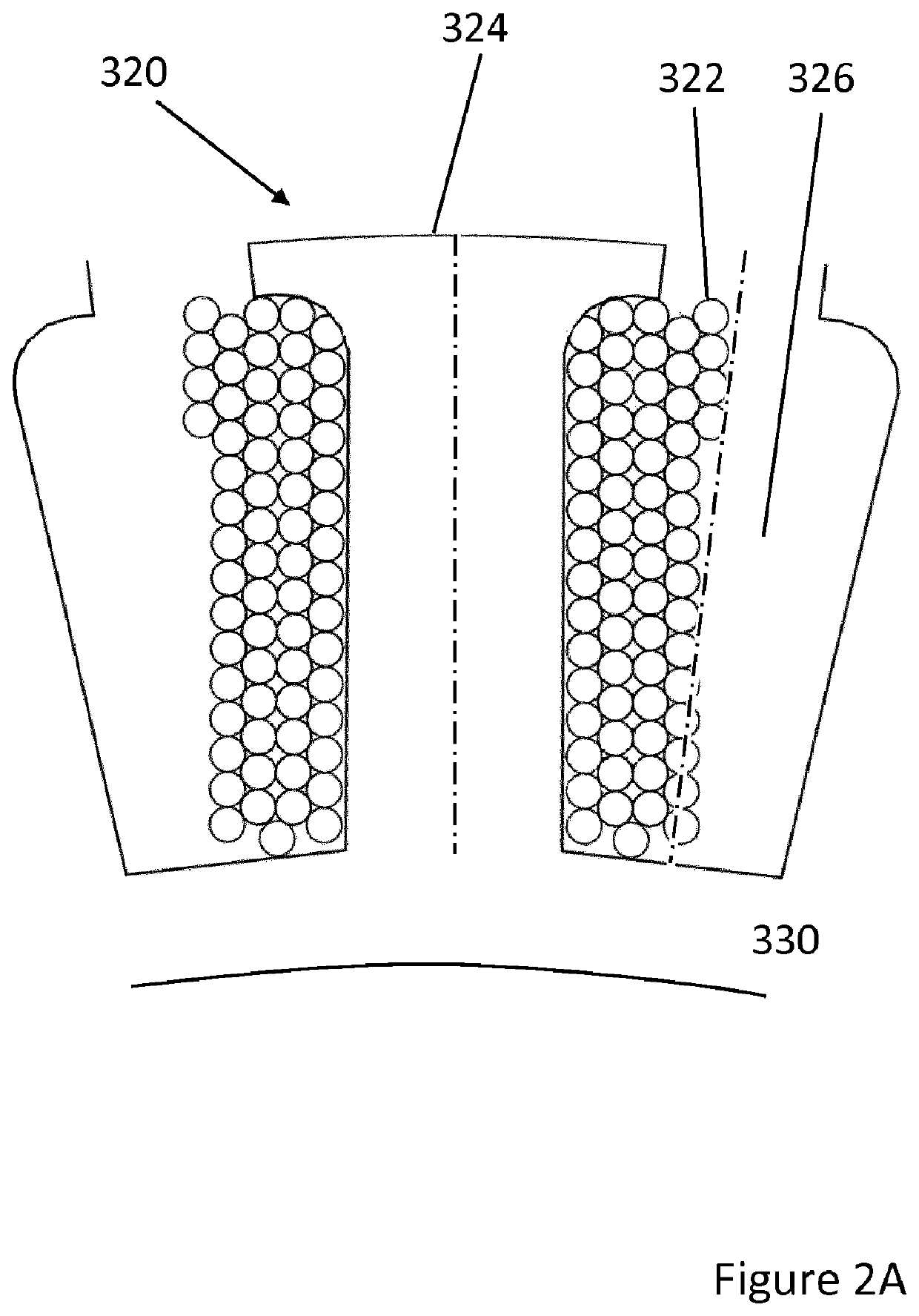One of the issues regarding robotics design for the environment in which humans also coexist, is the significant safety issues and dangers which robots
pose.
One may also imagine, however, the unfortunate situation of a
human being in the
working environment of such a robot, wherein the robot would continue to perform the scheduled duties and could do significant harm to a human who inadvertently gets in the path of the robot's movement.
Indeed, many robots have the very real possibility of inflicting significant harm to humans who come into their vicinity and stand within a programmed movement path, as such robots are neither designed nor programmed to adjust to an unexpected environment or person within such an environment.
It is most undesirable for a human-like robot in an environment with humans and interacting therewith, if the human cannot actively interact with the human-like robot and in particular physically interact with the limbs thereof.
In this sense, the physical size of a human-like robot is desirably similar to that of a
human being, wherein this brings significant restrictions on the
mechanics and driving
system of the robot.
Furthermore, the motors are preferably provided in an appropriate size such that the resulting human-like robot has an appropriately human size and form, which of course limits the
power output of these motors and consequently the amount of power available to run the robot itself.
Whilst such systems function well, the use of
high ratio drive trains brings significant drawbacks for the control of such a robot and the ease with which it can interact with humans in its vicinity.
As discussed above, it is most undesirable for a robot arm to be driven without any
feedback control, as even a relatively modest powered motor would, by means of a high
gear ratio, be able to drive the limb of the robot with sufficient energy to potentially cause significant harm to a human unexpectedly within the path of the arm's movement.
Quite obviously, however, the provision of a large number of sensors in order to properly mitigate potential damage from movement of a robot arm, leads not only to significant complexities in the
system, but also adds an enormous cost to the production of human-like robots.
Indeed, one of the most significant cost elements of human-like
robot design, is the necessity of having many sensors to ensure that the movement of the robot arm cannot cause unexpected harm to any humans in the robot's vicinity.
Further issues also result from having very high
gear ratio drive trains, wherein these lead to further difficulties in appropriately controlling a robot and allowing it to safely and realistically interact with humans.
If the
gear ratio in a robot for driving the robot arm is approximately 1:200, which is not an uncommon gear ratio in this field, it is very difficult, if not impossible, for a
human being to actually move the robot arm if the arm is in the way or if the human wishes to interact with the robot.
A gear ratio of 1:200 means that even small movements of the robot arm lead to excessive resistance from the motor itself, such that in many cases the robot arm is essentially immovable and realistic interaction between the human and a robot arm is impossible.
In some designs, the back-driveability of the
system can be mimicked by addition of springs and dampers on the robot arm; this has the significant drawback of adding complexity and cost whilst making the system very difficult to control.
The ability for parts of a robot to physically respond to forces provided by humans in the vicinity, such that the human can actively influence the position of a robot and its limbs, is highly desirable but is also extremely difficult with
high ratio drive trains.
Concepts where pressure sensors are used to sense interaction of a person with the robot arm, and then actively move the robot arm in response to the sensed pressure applied, are extremely complex and add significantly to the cost of such human-like robots.
Additionally, such systems are often slow to respond and perform, which leads to an unnatural feeling with the human—robot interaction.
Another significant drawback of robots in which high gear ratios are present, and which rely on complex series of drive elements to move the robot limbs, is in the issues of friction and backlash.
This property is known as backlash and is highly non-linear and extremely difficult to model in a
robot control environment.
The problems with backlash are known, however in a cog driven drive
train system, these issues are difficult to mitigate.
If the
control system is unsure where the exact position of the arm is at any given time, it is very difficult to perform appropriate movements to move the arm from this position to another location.
Furthermore, if actually driving the part of the robot is susceptible to a number of systems comprising backlash, accurate movement of the robot to the new desired position becomes very difficult to program, as backlash is a non-
linear problem which requires much computation to accommodate.
Further significant difficulties result when trying to control the robot by means of “torque control”—that is, the application of a specific torque for a certain time; the
resultant position and velocity of movement is unknown (or at best computationally very hard to determine) as a result of non-linearities in the system.
Even highly accurate bearings and precise cog design will lead to some friction existing in the system.
The issues of friction and backlash combined can also lead to difficulties in being able to actively compute the location and motion of parts of the robot.
If a motion of the motor does not lead to appropriate motion of a driven gear, by means of backlash problems, the system may begin to miscalculate the eventual position of the parts of the robot being driven.
The same problem could arise for friction, wherein the system would have to account for certain minimum forces not leading to appropriate motion of the parts of the robot, such that again the system would have to carefully model the actual position of the robot element.
Such a model would be highly inaccurate if relying solely on knowledge of the applied torques and force signals being entirely indicative of end position of the robot itself.
Many of the problems arise from the need to use high gear ratios to actually move the parts of the robot in order to interact with the environment and humans existing therein.
With such high gear ratios, it is then very difficult to physically interact with such robots, as discussed above, and further the problems with regard to the robot's movement being able to cause significant harm to humans in the vicinity must be accounted for.
Most of these issues, however, disappear if one focuses on trying to design and build a so-called “direct drive” human-like robot.
 Login to View More
Login to View More  Login to View More
Login to View More 


